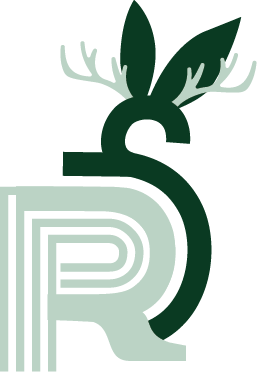My Design Process
-
It is essential to fully comprehend the issue at hand, including how it affects people, businesses, technology, and, most importantly, society. Defining and setting expectations helps me to better understand how I can accomplish a client's goal.
-
During this phase, I invest a lot of time obtaining facts and genuine insights that are pertinent to the customer. I always take into account the client's company's history and culture, the regional (and maybe global) rival environment, and any industry-related developments. Next, I look at the intended audience for my project. I take into account the target demographic's age, gender, income, place of employment, and lifestyle. Knowing my target audience will help me deliver the proper message in the most effective manner possible.
-
With a better understanding of the client allows for a focused, well-articulated challenge to solve. When intelligence and imagination come together during this stage, the creative mind begins to work. I utilize a variety of useful tools to support this creative but disorganized stage of the design process, including brainstorming, mind mapping, wireframing, and Post-it Notes.
I want to foster an atmosphere where different and thought-provoking solutions are welcomed and considered. I identify strengths, weaknesses, opportunities, and threats at this level.
-
Throughout this stage, proposed solutions may be improved, redesigned or rejected through a series of reviews and critiques. This repetitive process does many beneficial things: By "piggybacking" ideas from various sources, this repetitious approach encourages collaboration and depersonalizes the delicate process of innovation in a way that may be powerful. It also allows me to disengage from my work in a healthy way.
I have no qualms about implementing the answer in novel, consumer-friendly methods. Consumer comprehension is essential when putting each solution to the test in order to identify any gaps, restrictions, or conceptual faults.
-
I then present these concepts to my client, explain the rationale behind each one, and why the design will work. Once the client selects a concept they are happy with, it is time to update the design to ensure that it adheres to the outlined objectives.
The client might want me to combine ideas from each concept I've offered or to come up with something altogether new. From comments and suggestions, I can present another round of designs. Before a client approves a design, there are often one to three rounds of adjustments. The project then enters its final design phase when the client gives their approval for the concept.

